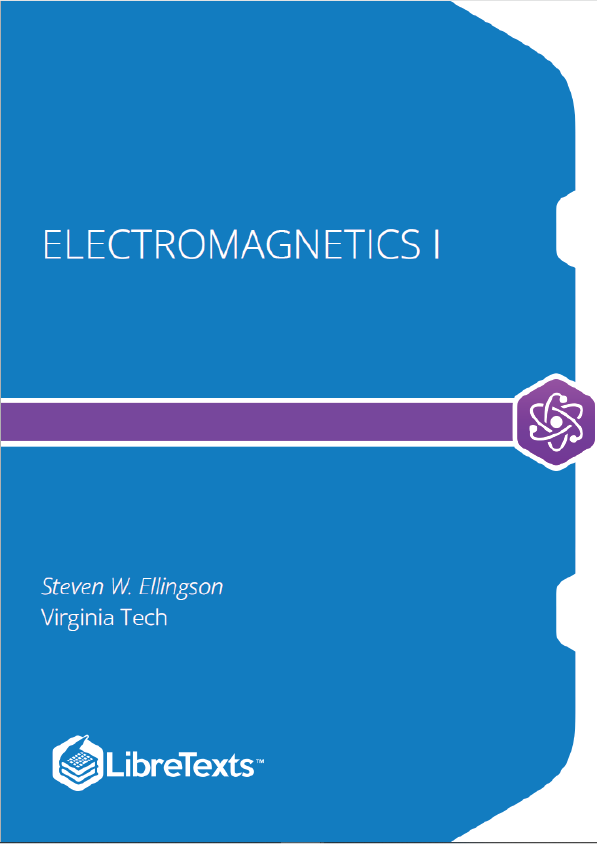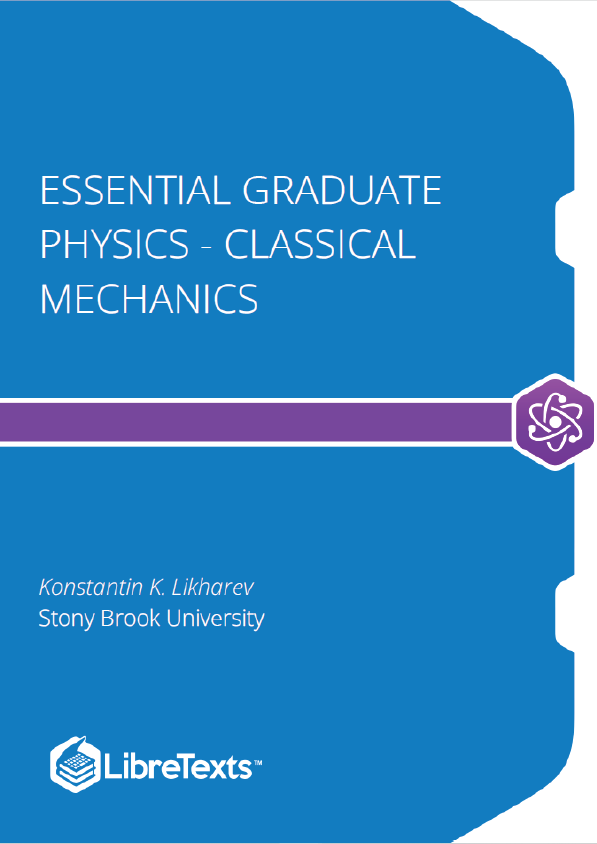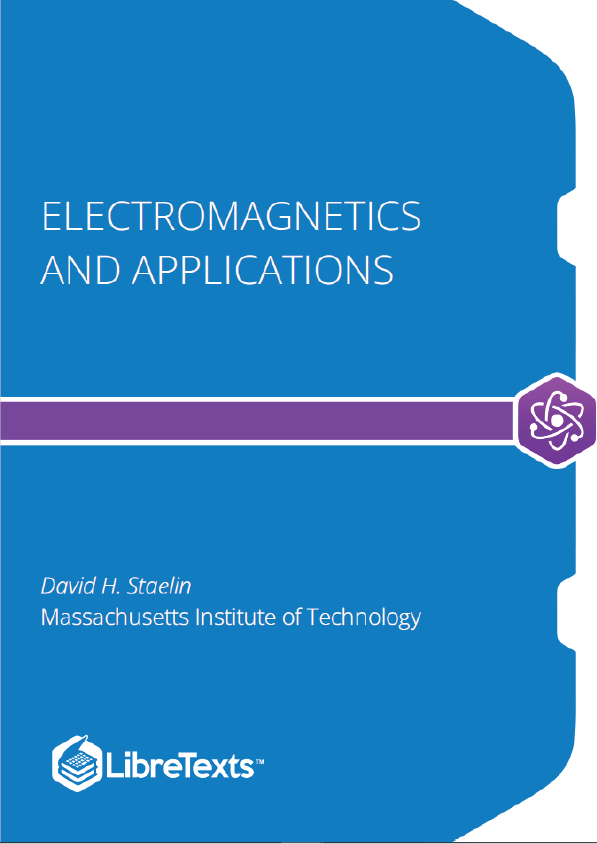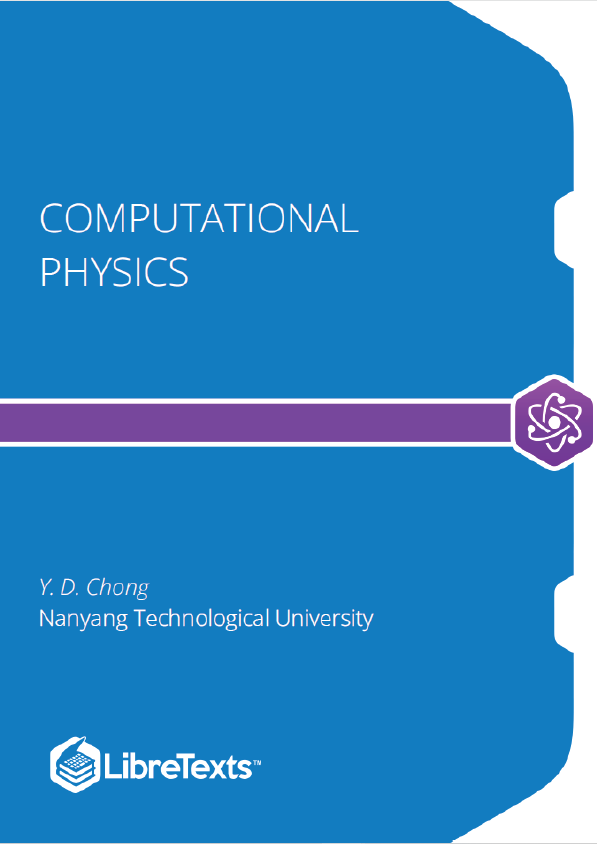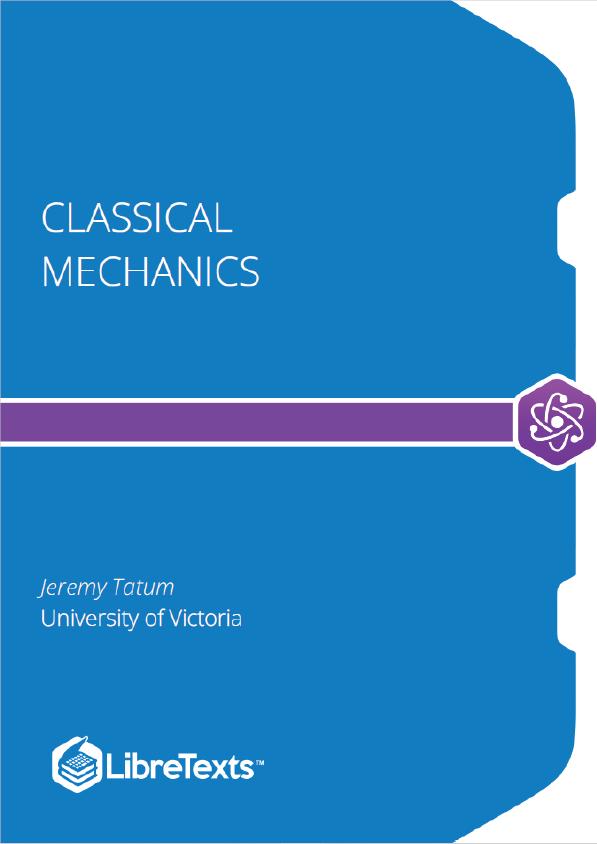This book is intended to serve as a primary textbook for a one-semester introductory course in undergraduate engineering electromagnetics, including the following topics: electric and magnetic fields; electromagnetic properties of materials; electromagnetic waves; and devices that operate according to associated electromagnetic principles including resistors, capacitors, inductors, transformers, generators, and transmission lines. This book employs the “transmission lines first” approach, in which transmission lines are introduced using a lumped-element equivalent circuit model for a differential length of transmission line, leading to one-dimensional wave equations for voltage and current. This is sufficient to address transmission line concepts, including characteristic impedance, input impedance of terminated transmission lines, and impedance matching techniques. Attention then turns to electrostatics, magnetostatics, time-varying fields, and waves, in that order.
What is Electromagnetics?
The topic of this book is applied engineering electromagnetics. This topic is often described as “the theory of electromagnetic fields and waves,” which is both true and misleading. The truth is that electric fields, magnetic fields, their sources, waves, and the behavior these waves are all topics covered by this book. The misleading part is that our principal aim shall be to close the gap between basic electrical circuit theory and the more general theory that is required to address certain topics that are of broad and common interest in the field of electrical engineering. (For a preview of topics where these techniques are required, see the list at the end of this section.) In basic electrical circuit theory, the behavior of devices and systems is abstracted in such a way that the underlying electromagnetic principles do not need to be considered. Every student of electrical engineering encounters this, and is grateful since this greatly simplifies analysis and design. For example, a resistor is commonly defined as a device which exhibits a particular voltage in response to a current , and the resistor is therefore completely described by the value . This is an example of a “lumped element” abstraction of an electrical device. Much can be accomplished knowing nothing else about resistors; no particular knowledge of the physical concepts of electrical potential, conduction current, or resistance is required. However, this simplification makes it impossible to answer some frequently-encountered questions. Here are just a few:
- What determines R? How does one go about designing a resistor to have a particular resistance?
- Practical resistors are rated for power-handling capability; e.g., discrete resistors are frequently identified as “1/8-W,” “1/4-W,” and so on. How does one determine this, and how can this be adjusted in the design?
- Practical resistors exhibit significant reactance as well as resistance. Why? How is this determined? What can be done to mitigate this?
- Most things which are not resistors also exhibit significant resistance and reactance – for example, electrical pins and interconnects. Why? How is this determined? What can be done to mitigate this?
